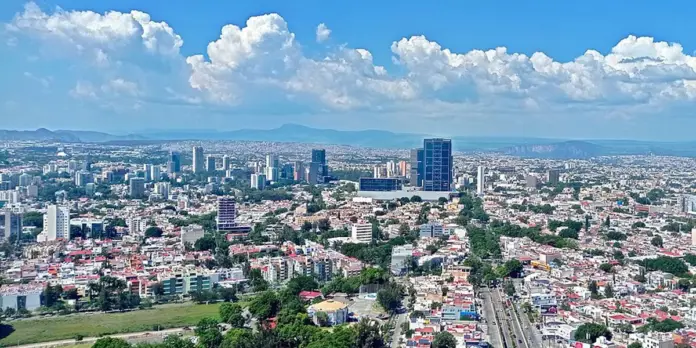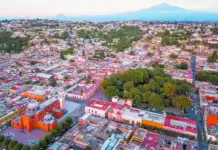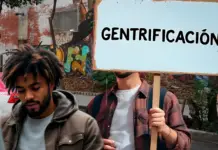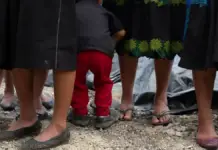Over the last ten years, several neighborhoods in the country’s main cities have experienced a sharp increase in home values, both for sale and for rent.
According to an analysis by Propiedades.com, this phenomenon is closely linked to urban gentrification processes, driven by the arrival of new residents, private investment, and changes in the urban environment.
Neighborhoods in Mexico City such as Juárez, Roma, Condesa, Santa María la Ribera, and the Granada area have doubled or nearly doubled their prices since 2015. Juárez, for example, has seen a 115% increase in sales prices and a 140% increase in rental prices. In Santa María la Ribera, the increase is 120% for sales and 100% for rentals.
This pattern is not exclusive to the capital. In Monterrey, the Barrio Antiguo neighborhood has seen increases of 180% in sales and more than 160% in rent, while in Guadalajara, the Americana neighborhood increased its value by more than 120% in sales and 110% in rent. Mérida also follows this trend: In Temozón, sales prices rose 115% and rental prices 105%.
The Boost After the Pandemic
The analysis highlights that a significant portion of these increases occurred after the 2020 pandemic. In the Juárez neighborhood, for example, more than 40% of the sales price increase was concentrated between 2021 and 2024. The same occurred in Santa María la Ribera, where post-pandemic growth was over 35%.
According to the analysis, this rebound is largely due to the growing demand for central areas with good connectivity, active urban life, and diverse services. It is also related to the increase in high-rise housing projects, the conversion of old buildings, and the arrival of new residents—many of them with greater purchasing power—which are transforming the social and economic profile of these neighborhoods.
An urban phenomenon that requires attention
For Propiedades.com, understanding this phenomenon is key for governments, developers, and citizens to make more informed decisions. Although gentrification can bring benefits such as the renewal of urban space and increased investment, it also poses significant challenges such as rising housing costs and the potential exclusion of traditional residents.
“The most aggressive growth is observed in rental prices, which reveals how the pressure to live in certain areas has completely transformed their real estate dynamics,” explained Juan David Vargas, General Manager of the real estate marketplace.
Looking ahead, the report predicts that appreciation will continue in strategic areas of cities, making it necessary to create public policies that allow for more balanced and inclusive urban development.
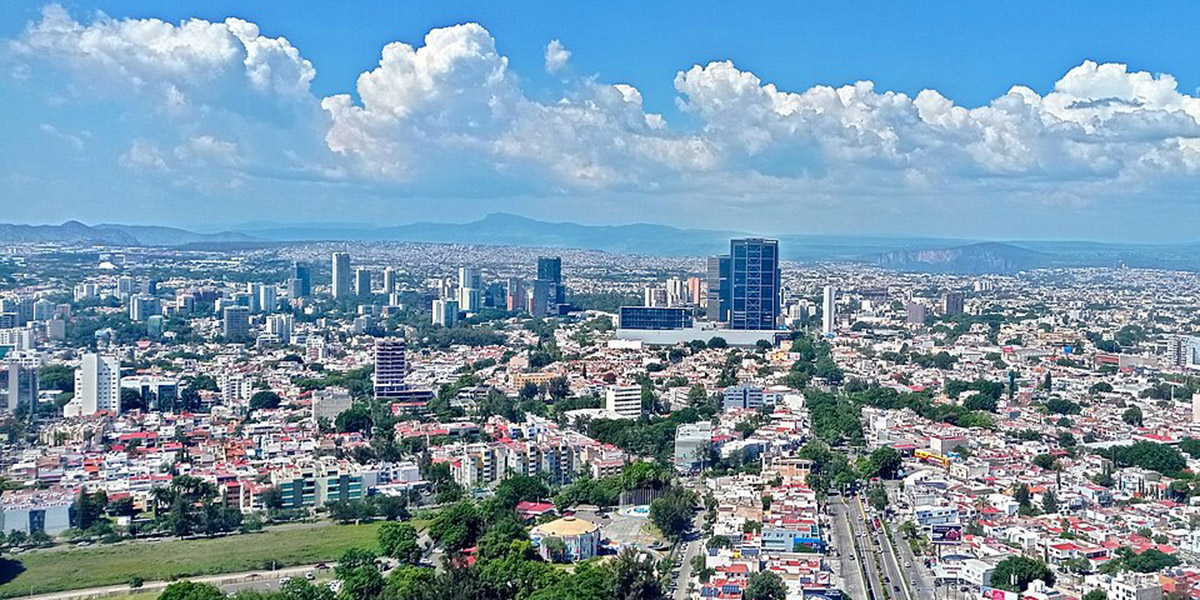
Source: realstatemarket
